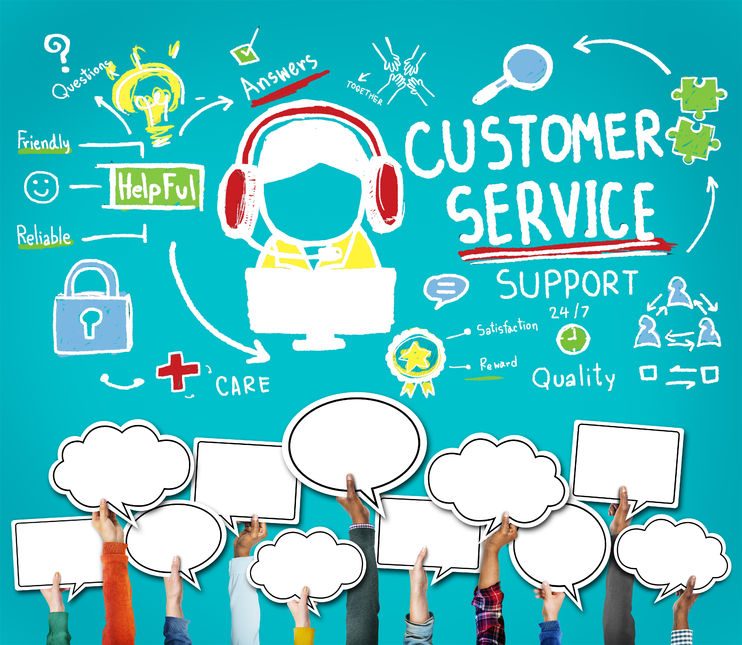As the founder of a successful software company, I’m sure you’d agree that some of your most impactful feature ideas have originated as customer requests. And, with thousands of users relying on your app each day, it’s safe to say that you never run short of ideas.
The big question is this: What’s the best way to ensure that customer sales intelligence is fed to your development team – without getting lost in the shuffle?
In this post, we’ll explore a few ways your CRM can help.
Saving (& Tagging) Email Conversations
I’d wager that most of your company’s customer interactions occur through email. For example, your customer success team is constantly responding to questions that hit your support inbox. Likewise, your ticketing platform, which is also email-based, is packed full of bug fix requests, training inquiries, and feature enhancements.
With so many emails to respond to, it’s no wonder why feature requests sometimes get overlooked. The customer success team is primarily focused on solving issues and reducing churn. Noting new feature requests, although important, is rarely at the top of their to-do list.
One simple way to begin harvesting feature ideas – without disrupting your support team’s workday – is to save a copy of each email into your CRM. If you’re using Insightly, there are several ways to accomplish this, one of which includes the use of the Insightly Sidebar (specifically the use of the orange Insightly send button). As your team follows up with a customer, a copy of the email is saved securely into your CRM and linked to the appropriate contact record.
Assuming that you’ve adjusted your settings so emails are visible to others, your product team can now begin auditing support emails for viable feature requests. Although this may seem daunting at first glance, keep in mind that email records are searchable in Insightly. In the search box, just key in the word “feature,” and Insightly will display a few search options. (Obviously, other keywords may be more appropriate for your business.)

Voila, you now have a filtered view of emails correlated to that search term.

From there, each email can be reviewed for its usefulness and viability. If a feature request has merit, applying a feature-related tag could be a logical way to organize ideas for sequencing into development.
Forwarding to a Dedicated Project
If you’re concerned about saving every single support email into your CRM, I don’t blame you. On one hand, it certainly would be nice to save every customer interaction in one location. On the other hand, doing so could cause frustration among your sales reps (who are the primary users of your CRM).
A less invasive approach might involve forwarding select emails into your CRM. Granted, with this model, you’re still facing the same issue you face today. That is, your support team is just too busy. For this approach to work, you may need to create some type of gamification or incentivization program.
Here are a few possibilities:
- Award a $25 bonus for each feature captured by a customer service rep (you might want to set a cap on this).
- Create some type of competition, offering certain perks for the person who sends the most features each month.
- Offer a larger bounty if a feature is put into development and deployed. Would a $250 bonus get their attention? Probably so.
- Set a minimum requirement per month, similar to how banks place credit card minimums on tellers. Same basic concept.
Once you’ve gotten the team’s attention, it’s time to put this initiative into practice. But, how can you keep it easy for everyone?
I would recommend setting up a dedicated project in Insightly titled, “Feature Requests.” In doing so, you’ll notice Insightly creates a project-specific email address. Now, any correspondence forwarded to that inbox will be saved and automatically linked to the project.

Before going any further, it might also be wise to host a brief training session. During the training, be sure to show users how to mask the lengthy Insightly mailbox address. This can be done by creating a contact in the user’s email address book, such as: “Feature Request.” Once configured, users can simply begin typing “Feature….” into the “To:” subject line to quickly pull up the mailbox address. This is much easier than constantly copying and pasting the email address from a notepad or spreadsheet.
As ideas are submitted to the linked project, your product development team will enjoy instant access to a streamlined view of all feature inquiries.

If a feature is worth adding to the development backlog, the email can actually serve as the starting point for a new task or project. Converting the email to a task or project can be done in just a few clicks. (Conversely, if something seems redundant or not worth pursuing, the email record can be deleted to avoid clutter.)

Check Out Integrated Solutions, Too
So far in this article, I’ve focused primarily on using your core CRM functionality to get customer ideas into the development pipeline. Although I won’t go into extensive detail, it might also be wise to explore third-party integrations between your ticketing software, email inbox provider, and your CRM. Insightly users can check out the list of available integrations here. In addition, you could explore building your own integrations with a tool like the Zapier platform, which has dozens of connectors to popular support apps.
Connect the Dots Between Customer Feedback & Development
Your customers love your software, which is why they’re so passionate about being part of the development cycle. By capturing and reviewing their feedback in a more systematic way, you’re sure to capitalize on the free consulting work that they’re essentially providing you. 🙂

Matt Keener is a marketing consultant and President of Keener Marketing Solutions, LLC. Matt specializes in content marketing and strategic planning, having helped numerous Saas (software as a service) companies and other small businesses worldwide. Read more of Matt’s work, get his book, or connect on LinkedIn.









